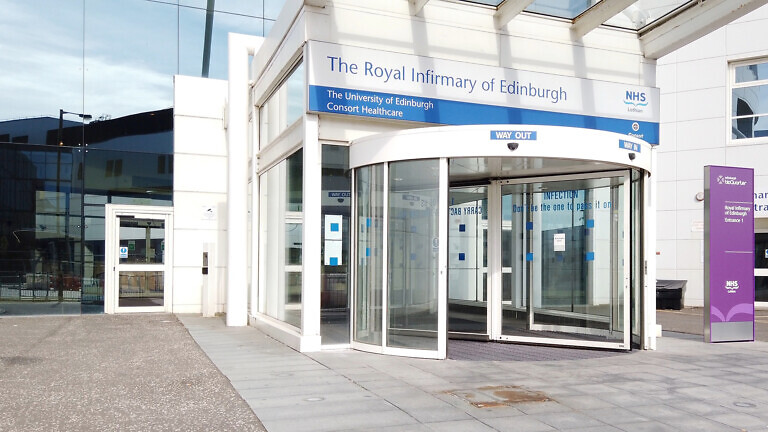Almost 75% of respondents to this year’s Jefferies Healthcare Temperature Check expect the MSCI World Healthcare Index to trend higher next year.
What jumps out from this year’s Jefferies Healthcare Temperature Check, a survey from the investment bank that examines the issues at the top of the healthcare agenda, is the increasing optimism for the sector among executives.
Almost three-quarters of respondents (73%) expect the MSCI World Healthcare Index to end higher by the end of 2025, up from just over half of respondents last year.
Optimism for the healthcare sector is translating into a continued expectation to increase exposure, which is in line with appetite last year. Almost half (46%) of respondents expect their exposure to healthcare to be higher in 2025, with only 2% expecting to reduce their weighting. In particular, institutional investors are the most bullish with more than half (51%) expecting to increase their exposure next year.
“This confidence is reaffirmed by the elevated investment activity across the market towards the end of this year, indicating that we have turned a corner,” says Tommy Erdei, global joint head of healthcare investment banking at the bank.

Access to capital an issue
Availability of capital has been a critical theme for the past couple of years. While it continues to be high on the agenda again this year, there are what the bank calls “green shoots of optimism” about the macro economy that indicate the worst of the funding crisis might have passed.
Although a still significant 48% of respondents say that an inability to raise capital is having an adverse effect, this is down from a “critical majority” of 68% last year. Healthcare companies remain the most cautious, with 51% saying it is having a major adverse effect; however, this is down from 70% last year.
North America continues to drive respondents’ interest and appetite. This year it is an even more popular destination for investment, viewed as the market in which there will be the biggest opportunity – selected by almost three-quarters (74%) of respondents, up from 69%.
The outlook for British healthcare investments is less rosy with appetite broadly in line with last year. There has been a two-percentage point decrease in those selecting it as the biggest opportunity to 18%. As the report notes, this “does not reflect well on business sentiment for the new government”.

Developments in the market
The subsectors attracting interest from respondents heading into 2025 have changed. Rather than an interest in tools and diagnostics, investors now see the greatest opportunities (54%) in mid- and small-cap pharma and biotech companies. The report suggests that the sector “benefits from a shared confident outlook” from institutional investors, private equity and healthcare corporates themselves.
On the other hand, the outlook for the large cap pharma sector is “much more muted”. Only 15% selected it as the most likely sub-sector to perform best.
Healthcare IT remains a sector to keep an eye on as investor interest has increased from 7% to 12% in this year’s report.
But as with last year, interest remains in obesity products, specifically the GLP-1 market.
Across the board, respondents are clear that weight loss drugs are going to continue to be a meaningful market for some time. Almost half (47%) think that it will be “very large and with long-term sustainability”, up from a more cautious 33% last year.
This is not to say that they are ignoring the risks. Just over a third of respondents (35%) believe that there are substantial risks that could deflate the market although the number of respondents who consider there to be too little information available to make up their minds has fallen dramatically. It is down almost half from 32% in 2023 to 18% in 2024.
Elsewhere, 69% of respondents agreed that AI is already having a tangible impact on the sector as a whole – though most are not fully convinced. More than half (51%) said that they “slightly” agreed, versus the lower 18% who “strongly” agreed, and 28% who disagreed altogether.



